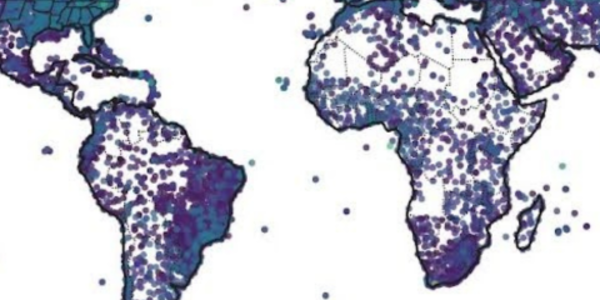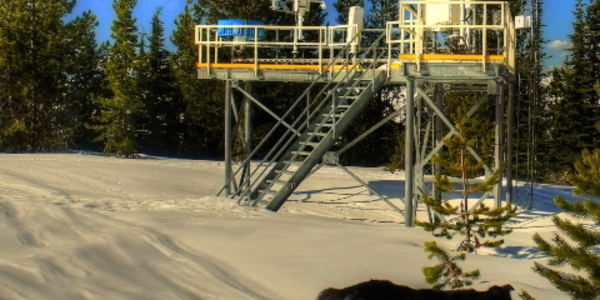The Automated Surface Observing Systems (ASOS) program is a joint effort of the National Weather Service (NWS), the Federal Aviation Administration (FAA), and the Department of Defense (DOD). There are currently more than 900 ASOS sites in the United States. These automated systems collect observations on a continual basis, 24 hours a day. ASOS data are archived in the Global Surface Hourly database.
Automated Weather Observing System (AWOS) units are operated and controlled by the Federal Aviation Administration. These systems are among the oldest automated weather stations and predate ASOS. They generally report at 20-minute intervals and, unlike ASOS, do not report special observations for rapidly changing weather conditions.
Access Methods
NCEI Data Access Application
ASOS/AWOS data are available via the Local Climatological Data product and as part of the Integrated Surface Dataset (ISD). Use the NCEI data access application to search for, download, and order data.
Station Data
- 1-Minute ASOS Data
- 5-Minute ASOS Data
Observations and Reports
ASOS observations are operationally generated each hour, and special observations are provided whenever the weather changes. These special reports are generated when conditions exceed preselected weather element thresholds, e.g., the visibility decreases to less than 3 miles. NCEI also collects ASOS observations taken at finer timescales; 1-minute and 5-minute observations, as well as summary of the day and summary of the month statistics. The basic weather elements collected include the following.
- Sky condition: cloud height and amount (clear, scattered, broken, overcast) up to 12,000 feet
- Visibility (to at least 10 statute miles)
- Basic present weather information: type and intensity for rain, snow, and freezing rain.
- Obstructions to vision: fog, haze
- Pressure: sea-level pressure, altimeter setting
- Ambient temperature, dew point temperature
- Wind: direction, speed and character (gusts, squalls)
- Precipitation accumulation
- Selected significant remarks including- variable cloud height, variable visibility, precipitation beginning/ending times, rapid pressure changes, pressure change tendency, wind shift, peak wind



